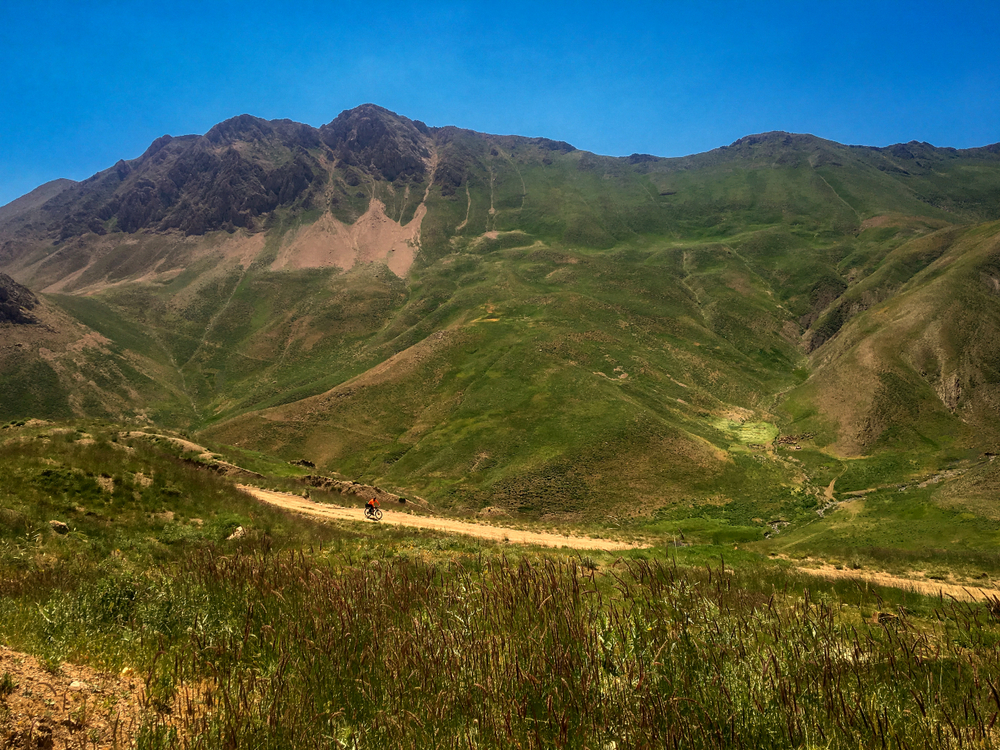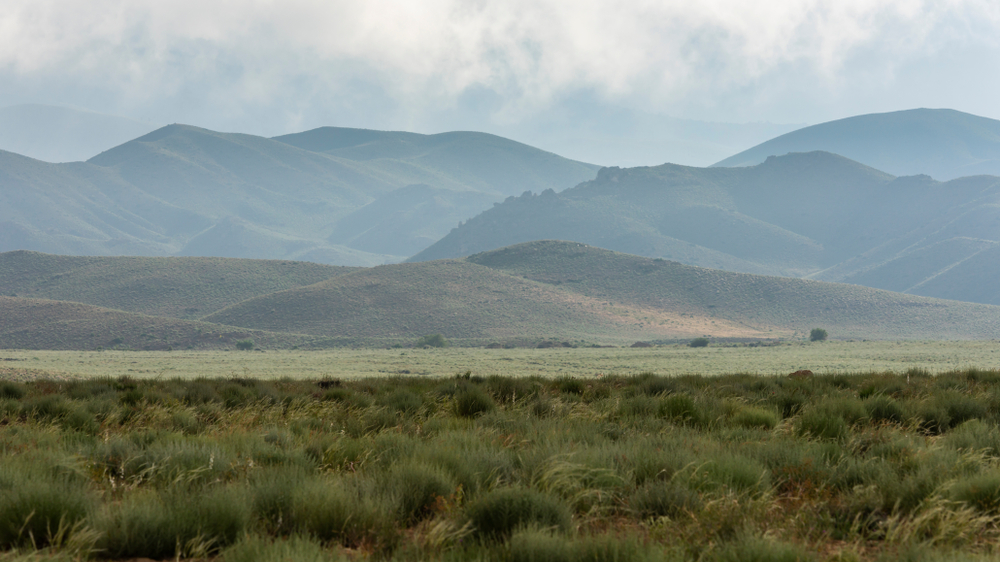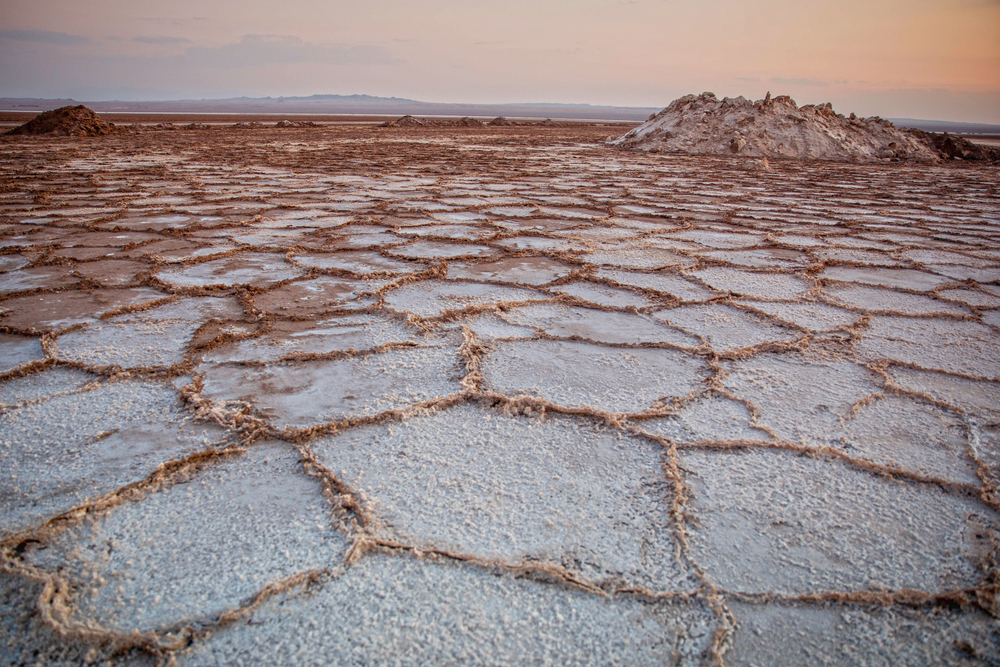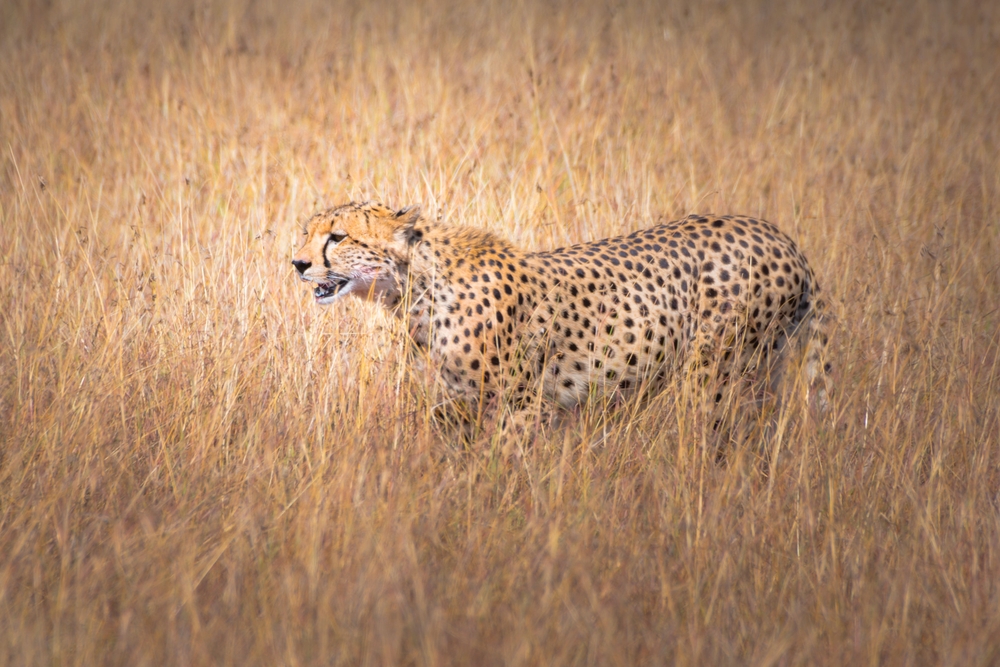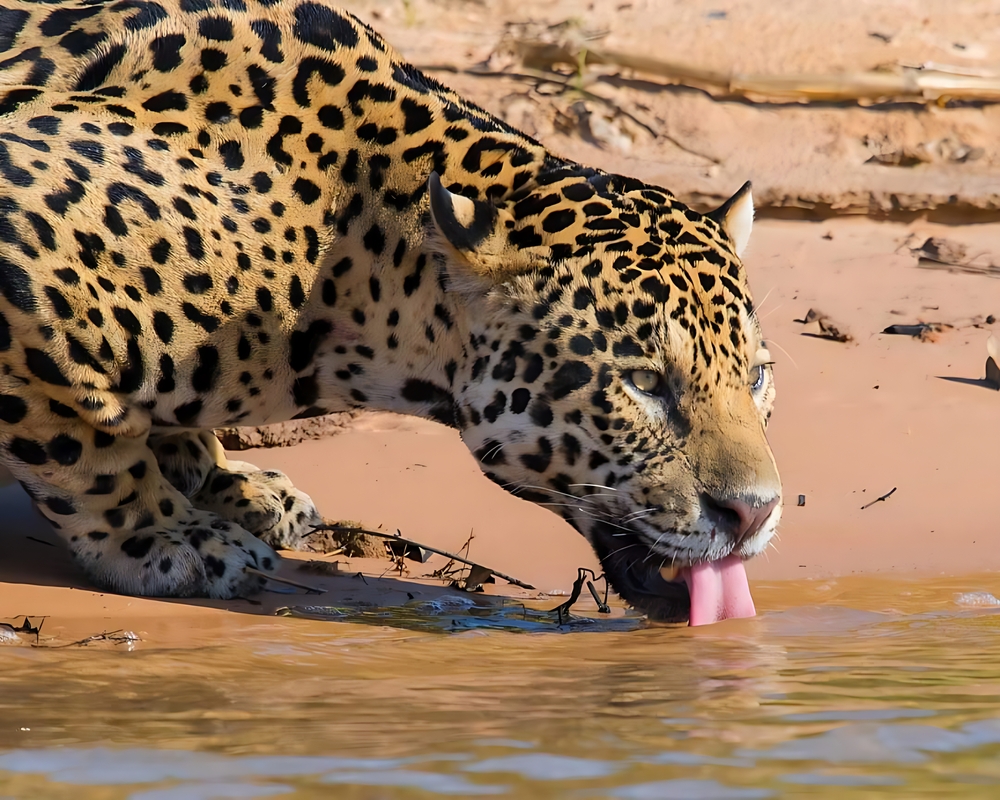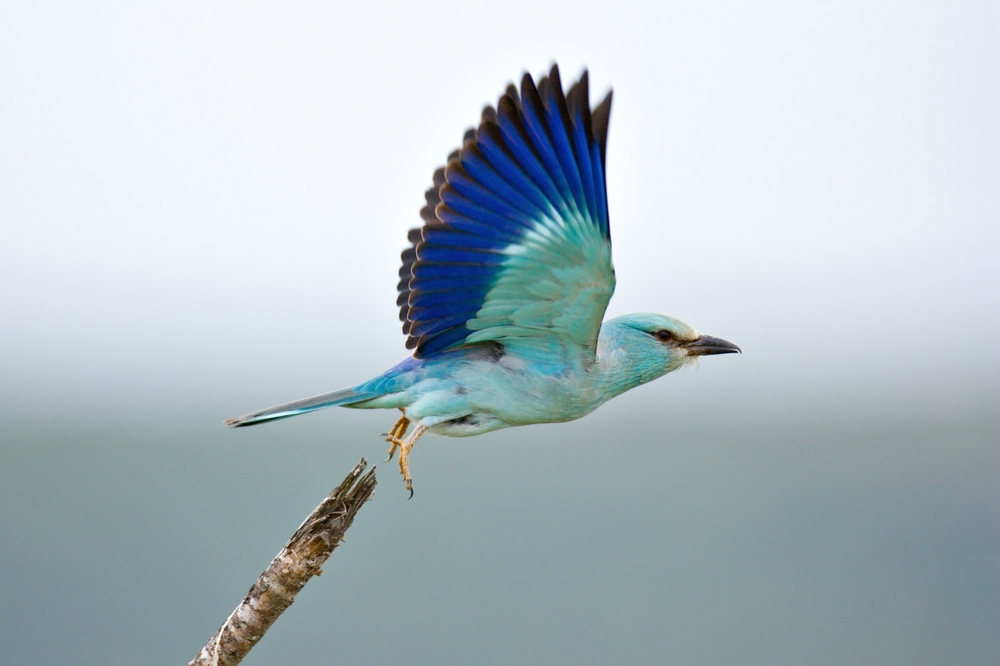Lar Overview
Lar National Park, known as “پارک ملی لار” in Persian, is a magnificent natural reserve located in northern Iran. Spanning approximately 47 square miles (122 square kilometers), this park is nestled on the southern slopes of the majestic Alborz Mountain range, not far from Tehran.
Its high-altitude landscapes and proximity to Mount Damavand, the highest peak in the Middle East, make it a haven for nature enthusiasts and adventure seekers alike. The terrain of Lar National Park is characterized by sweeping meadows, rugged mountains, and seasonal streams that feed into the Lar River, which winds through the heart of the park.
In spring and early summer, the meadows come alive with a vibrant display of wildflowers, including poppies and buttercups, creating a breathtaking tapestry of color against the dramatic backdrop of the mountains. The park’s vegetation varies from alpine flora to patches of grassland and shrubs, adapting to the different elevations and climatic conditions within its boundaries.
Lar National Park is home to a diverse range of wildlife, making it a prime destination for wildlife watchers. Among the mammals, the Persian leopard is a rare but thrilling sight, symbolizing the park’s commitment to conserving Iran’s natural heritage.
Wild goats, wild boars, and foxes roam the terrain, while smaller creatures like porcupines and hares add to the park’s ecological richness. Birdwatchers can expect to spot golden eagles, falcons, and a variety of passerine birds, as the park serves as a critical habitat for numerous avian species.
Popular features of Lar National Park include its proximity to Mount Damavand, which attracts climbers and hikers aiming to conquer the iconic peak. Additionally, the Lar River is a favored spot for trout fishing, drawing anglers seeking a peaceful and scenic retreat.
During spring and summer, the park’s trails are ideal for trekking and picnicking, offering visitors opportunities to immerse themselves in its natural beauty. The park’s serene atmosphere and panoramic views also make it a popular destination for photographers.
Visitors to Lar National Park can experience its wonders through guided tours, camping trips, and independent hikes. The park is a haven for nature lovers, providing opportunities to explore its unique ecosystems while enjoying activities like fishing, birdwatching, and mountaineering. However, access to the park is seasonal, typically restricted during autumn and winter to protect its fragile environment and ensure the safety of visitors.
Conservation efforts in Lar National Park have faced challenges, particularly in balancing human activity with ecological preservation. Overgrazing by livestock, illegal hunting, and climate change pose significant threats to the park’s biodiversity. However, collaborative efforts between the Iranian government and conservation organizations have led to improved monitoring and protection measures, such as controlled access and stricter regulations.
These initiatives have contributed to the preservation of critical habitats and the recovery of some threatened species, highlighting the park’s potential as a model for sustainable conservation in the region.








































































